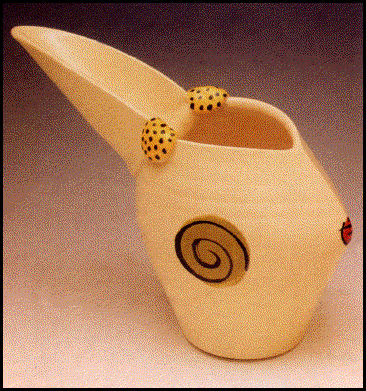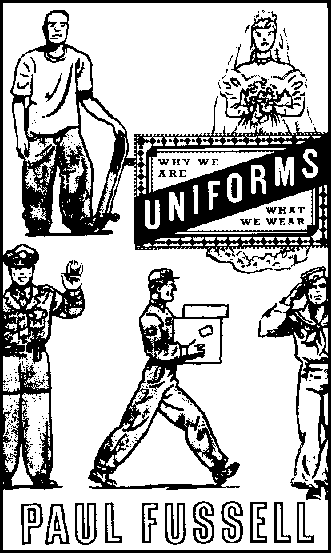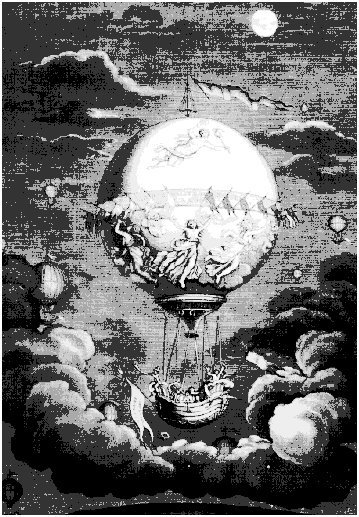Contemporary
American
Pottery
Kevin A. Hluch
(Krause)

Hluch's commentary is informative enough but as it is rather circular, not to say redundant, it manages merely to take up space between the pix. What more can you say about a pot- or vase-maker except that here we have an artist trying to express himself or herself with clay and fire and form.
I'm influenced by the whimsy of Dr. Seuss, the pattern and color in Japanese Kimono design, the textiles of West Africa and the simple expression found in ancient Greek pottery.
To say one is influenced by Dr. Seuss with his geeky simian cartoon figures is a self- One of the few quotes given here that is worth repeating was uttered not by a contemporary American but rather Lao Tzu two millennia ago: Clay is molded to make a vessel, but the utility of the vessel lies in the space where there is nothing. Thus, taking advantage of what is, we recognize the utility of what is not. Some of the pots and plates and vessels presented here are tedious or overwrought but there are a few that delight the eye. We are especially enamored of the delicate white bowls of Karen Thuesen Massaro, several works by Jack Troy that manage to create a magically involuted gold/red/
Why We Are
What We Wear
Paul Fussell
(Houghton Mifflin)
We are speaking of The Professor who wrote one of the great books on the pure, loving sexuality of men at war, "Lips made for smiling round an apple." Love in the trenches. Those sensual fingers of bullets penetrating pale skin. Delicate white flesh in the stink of the trenches. Man holding man... Children ardent for some desperate glory:
- What passing-bells for those who die as cattle?...
Dulce et decorum est
Pro patria mori.

there is a sexual, or at least a pelvic, answer. Because of the tight-fitting crotch and rear, jeans became an indispensable part of a young man's dating and seduction equipment. (A possibly instructive contrast with the tight jeans of a young man on the make would be anti-sexual garb of the monks and friars, with notably loose robe and rope belt.)
the best uniform for the highly athletic work of killing would be jeans and sweatshirts (T-shirts in hot weather.)
Victorian pederasts as well as contemporary ones have been found fond of soliciting soldiers and sailors, and it is worth recalling that the lonely British novelist E. M. Forster fell in lifetime love with a uniformed police constable.
It could be considered all in good fun, but for those of us who finally were able to figure out World War I and its very strange inexplicable love/kill echoes as reflected in The Great War and Modern Memory it is a bit of an olive-drab let down.
William
The Englishman
Who Opened
Japan
Giles Milton
(Farrar Straus Giroux)

lay helpless and groaning in their own filth. Many were covered in blotches --- a sign of advanced scurvy --- while others had been stricken with terrible tropical diseases.
Adams dressed in silk robes, wore Samurai swords, spoke Japanese, and participated in court rituals. From what we read here, the other factotums of the East India Company spent their days bickering with each other, sending blistering letters home accusing each other of heinous sins, stealing monies from the company by trading on their own behalf, plumping courtesans on the street, getting in drunken brawls, and fighting with each other, the Portuguese or the Dutch.
Adams, on the other hand, was dignity itself, much like his hosts in this strange land. For Japan was strange, indeed, as strange as were the foreigners. The latter
had big noses, giant mustaches, and wore puffed and padded pantaloons.
They also got roaringly drunk, and never took baths. It was this, along with their eating habits, that offended the Japanese the most.
One visitor wrote about the Japanese
they are not in any sense barbarians, for barbarians --- truly they are not.
Well, maybe. They did have this thing about life. They valued it little if at all. When Ieyasu dies, his son turns against the Christians, has them burned alive. Fifty-two are brought into a public arena, tied together, and roasted, well-done.
One of the mothers, Tecla, was to be burned with her five children. Another, Madeleine, was roped to her two-year-old daughter Regine. Marthe was to be burned with her two-year-old son Benoit. One eight-year-old was blind.
"They were burned in their mothers' arms," wrote an observer, "crying out, 'Jesus receive their souls.'"
The Japanese were also big on suicide and torture. One man who was suspected of being traitor to the shogun was "racked and tormented very much." They pressed him between boards studded with the points of spikes, and transfixed him," wrote Adams.
If you are interested in the culture of early Japan, the wars between the Dutch, the English, and the Portuguese, and 16th - 17th Century seafaring in general, you will have fun with Samurai William. The author has immersed himself in myriad letters of the time and quotes them endlessly.
It was all, however, only mildly engrossing to this reviewer. We had much more fun with his earlier Nathaniel's Nutmeg, which seemed more focused and a bit more silly. Once you get into the machinations of the wily Ieyasu and the equally wily Adams, it can be a diversion if nothing else. Indeed, with the death of the two, the doors to Japan closed again --- not to open to outsiders for another two centuries.